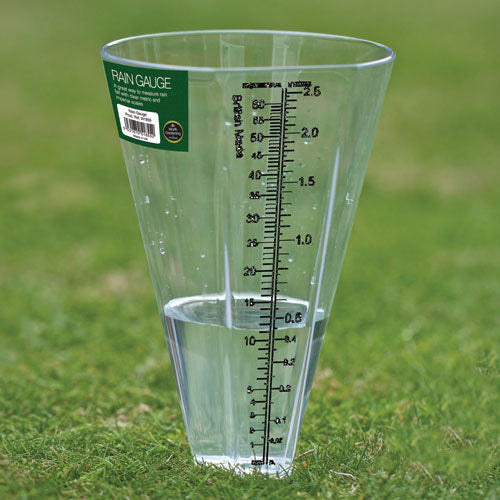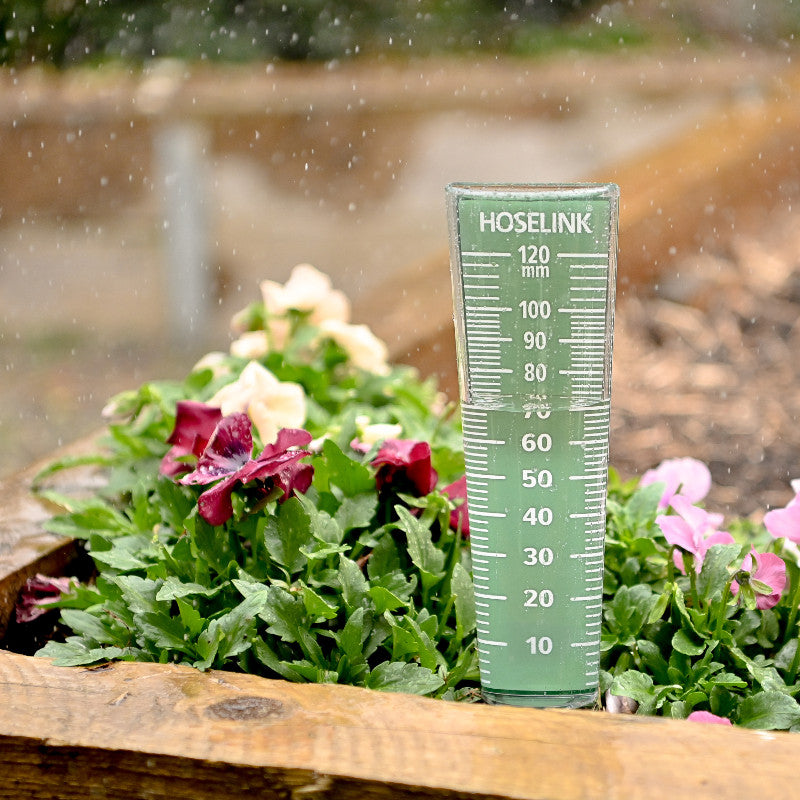The Advantages of Mounting an Accuracy Rain Gauge for Your Weather Station
The Advantages of Mounting an Accuracy Rain Gauge for Your Weather Station
Blog Article
Introducing the Science Behind Rainfall Assesses: How These Instruments Play a Vital Role in Climate Research Study and Environmental Surveillance
Rainfall gauges, relatively basic tools, hold a profound value in the world of climate research study and ecological tracking. These humble instruments quietly collect one of nature's most necessary elements-- rains. Yet, behind their unpretentious exterior exists an intricate scientific research that is important for recognizing the characteristics of our setting. As we peel off back the layers of this clinical shroud surrounding rainfall determines, we reveal a globe where accuracy, information precision, and thorough monitoring assemble to reveal a deeper understanding of our altering climate and its effect on the world.
Significance of Rain Gauges
Rainfall assesses play a vital role in monitoring and gauging rainfall levels, offering important data for environment study and evaluation. These tools are fundamental in measuring the quantity of rainfall that occurs in a details location over a certain period. By gathering and gauging rain, rain assesses offer beneficial insights into the distribution and intensity of precipitation, aiding meteorologists, hydrologists, and climatologists in recognizing weather patterns and trends.
In addition, long-term data accumulated from rain determines aids in analyzing climate change influences and patterns, contributing dramatically to scientific research and decision-making processes. In essence, rain evaluates serve as essential tools in the area of weather forecasting and ecological science, playing a vital role in advancing our understanding of climate and environment characteristics.
Sorts Of Rainfall Gauges

Performance and Operation
In the world of climate study and meteorological researches, the efficiency of rain determines lies in their elaborate functionality and exact operational systems. Rain determines are designed to accurately gauge the amount of precipitation that falls over a specific location during a collection period.
The capability of rain determines is based on the concept of gauging and collecting rain in a standardized manner. This accumulated data is critical for comprehending neighborhood climate patterns, tracking long-term climate fads, and assessing environmental effects. To ensure accurate dimensions, rainfall gauges need to be purposefully placed in open areas far from blockages such as structures or trees that could disrupt the collection procedure.
The operational aspect of rain assesses includes normal upkeep to stop debris build-up, calibration checks to preserve measurement precision, and information tape-recording for evaluation (rain gauge). On the whole, the capability and procedure of rain evaluates are crucial for collecting dependable precipitation data crucial to environment study and ecological surveillance
Duty in Environment Study
Offered the essential importance of accurate rainfall dimensions in recognizing climate patterns and ecological influences, the duty of rainfall gauges in climate research study is important. Rain evaluates offer important data for climate research by quantifying the quantity of rainfall that drops over a details location during a given duration. This information is essential for keeping track of long-term fads in precipitation patterns, evaluating the influence of environment change on rains circulation, and enhancing climate designs.

Environment researchers make use of data collected from rainfall evaluates to evaluate variants in rainfall degrees, recognize local climate fads, and assess the performance of water source management approaches. By comparing historic precipitation data with present measurements, researchers can identify changes in rainfall patterns, such as modifications in the frequency or strength of rains events. This info is essential for understanding exactly how environment modification is affecting precipitation dynamics and can assist policymakers make educated decisions pertaining to adaptation and mitigation methods.
Applications in Ecological Monitoring

In flood projecting, rainfall gauge data aids to track rains intensity and distribution, allowing authorities to release prompt cautions and take needed procedures to reduce flood threats (rain gauge). Drought monitoring counts on rainfall gauge information to assess moisture degrees in the dirt and track precipitation deficiencies, helping in the identification of drought-prone locations and the implementation of dry spell reaction techniques
Moreover, rain scale information plays a crucial role in water source monitoring by supplying information on water availability and use patterns. Furthermore, check my site in agriculture, rainfall gauge data helps farmers in enhancing irrigation schedules, crop selection, and general ranch monitoring techniques based on local precipitation patterns.
Conclusion
To conclude, rain determines are vital tools for determining precipitation, providing important information for environment study and ecological surveillance. With numerous kinds and functionalities, rainfall determines play an essential role in understanding rainfall patterns and their impact on the atmosphere. By precisely determining rains, these tools add to the innovation of clinical expertise and aid in making notified decisions pertaining to water source monitoring and calamity readiness.
Rainfall evaluates play a vital function in monitoring and gauging precipitation levels, giving crucial information for climate study and analysis. The standard rain scale, known as helpful site the "tipping pail" scale, is one of the most commonly made use of devices. check Ultrasonic rainfall assesses use audio waves to discover the presence of rainfall, giving real-time information on precipitation degrees.Climate scientists utilize information accumulated from rainfall gauges to assess variations in rainfall levels, recognize regional climate patterns, and evaluate the efficiency of water resource administration strategies.In conclusion, rain determines are necessary tools for determining rainfall, offering beneficial data for environment research and environmental surveillance.
Report this page